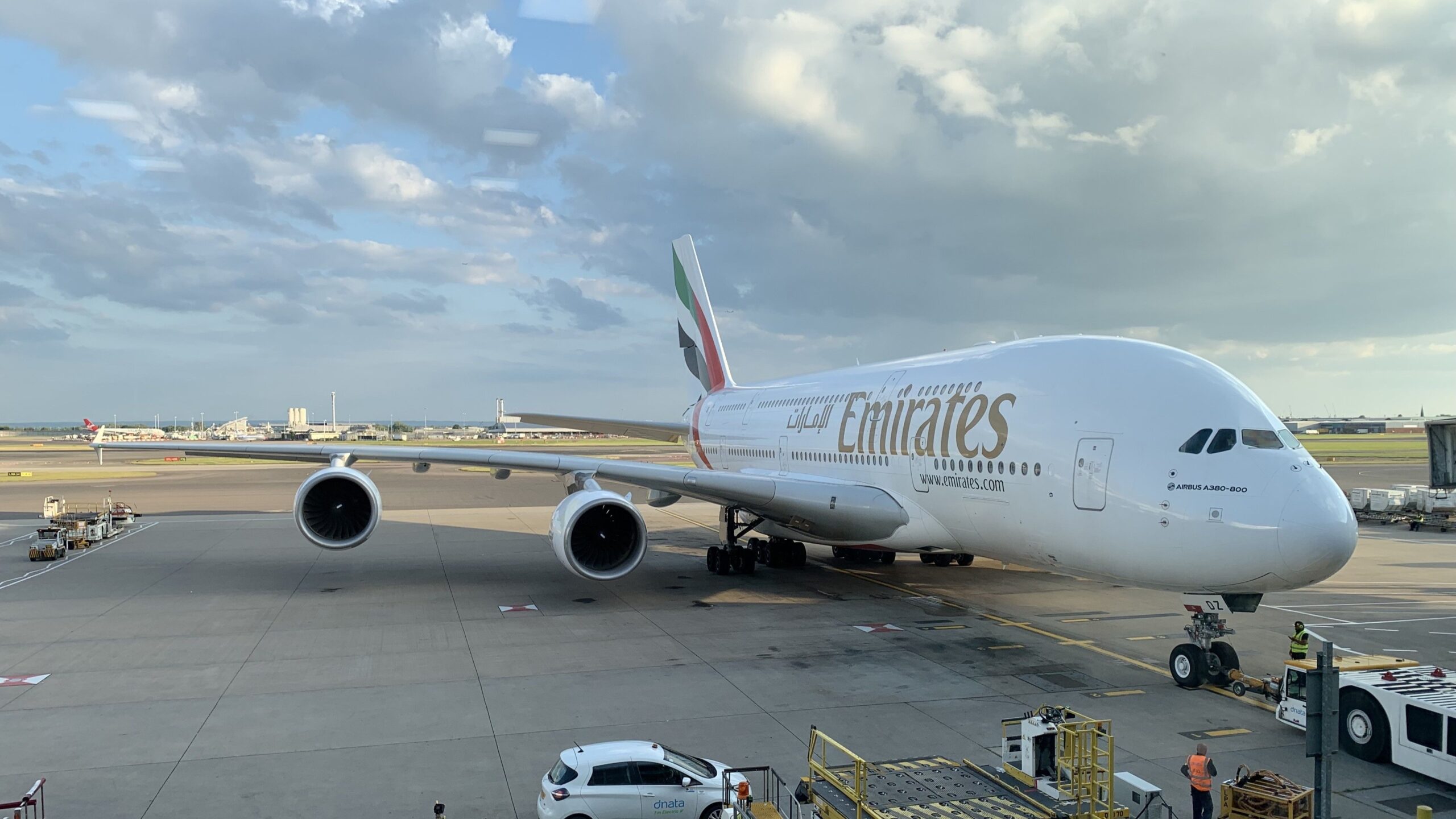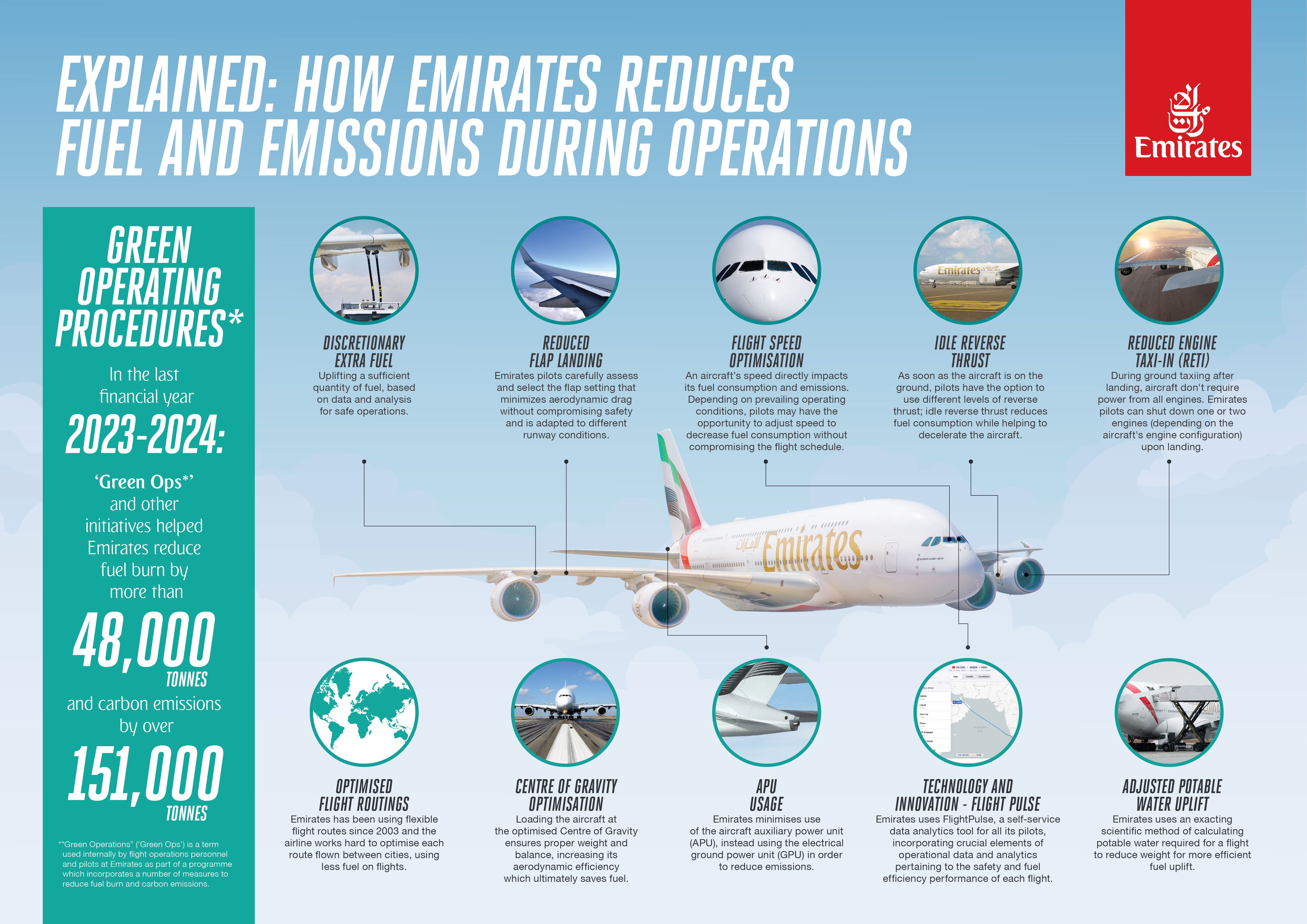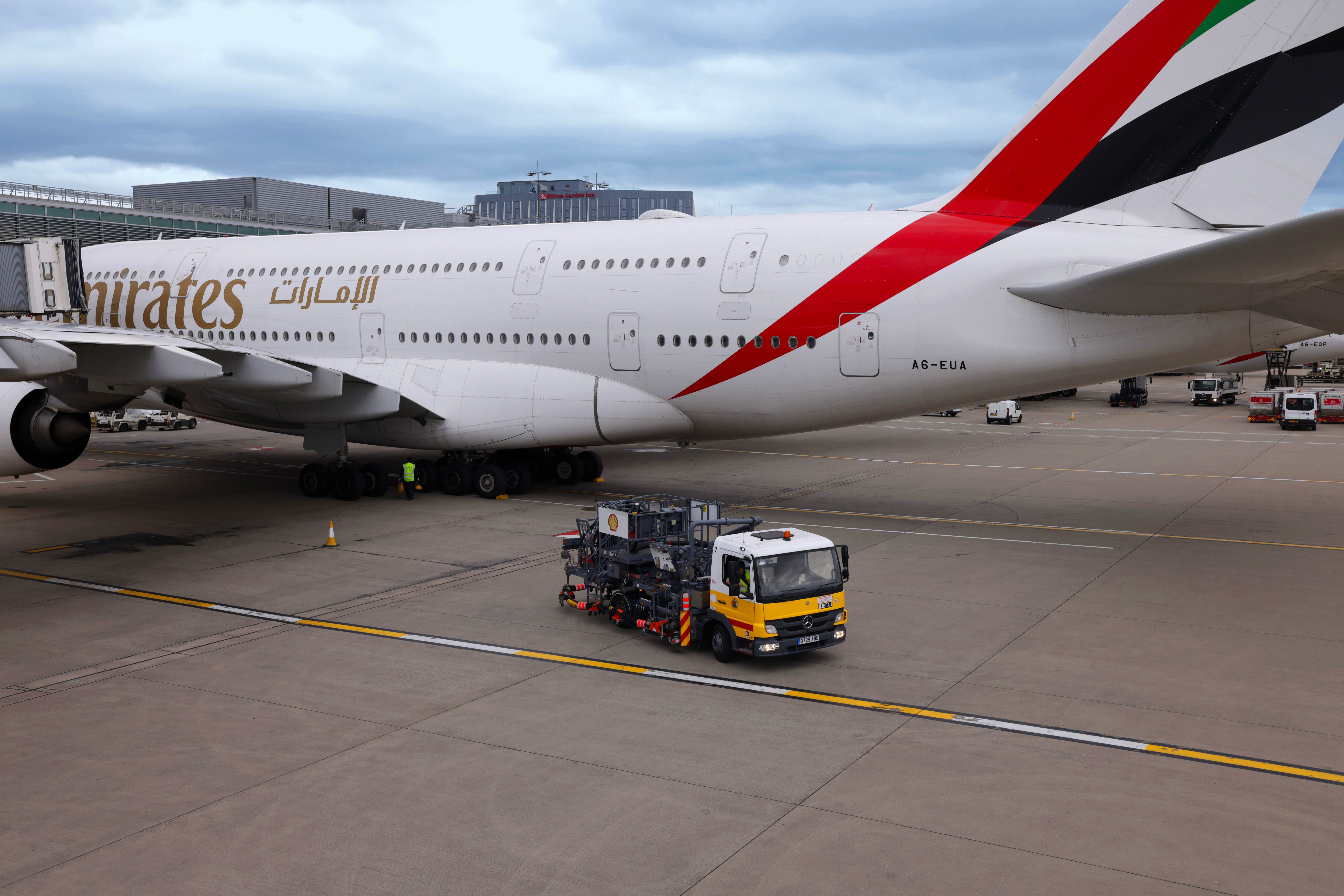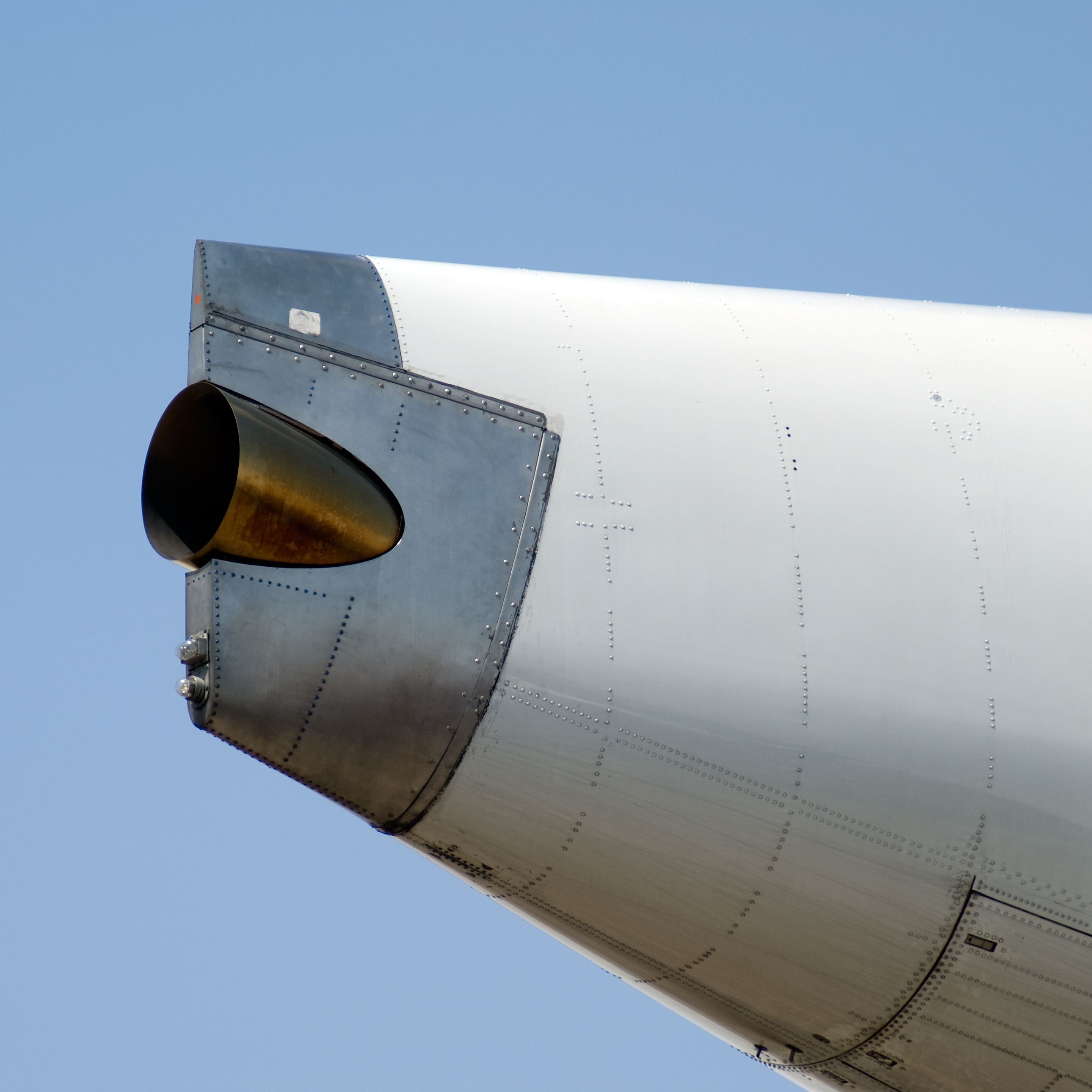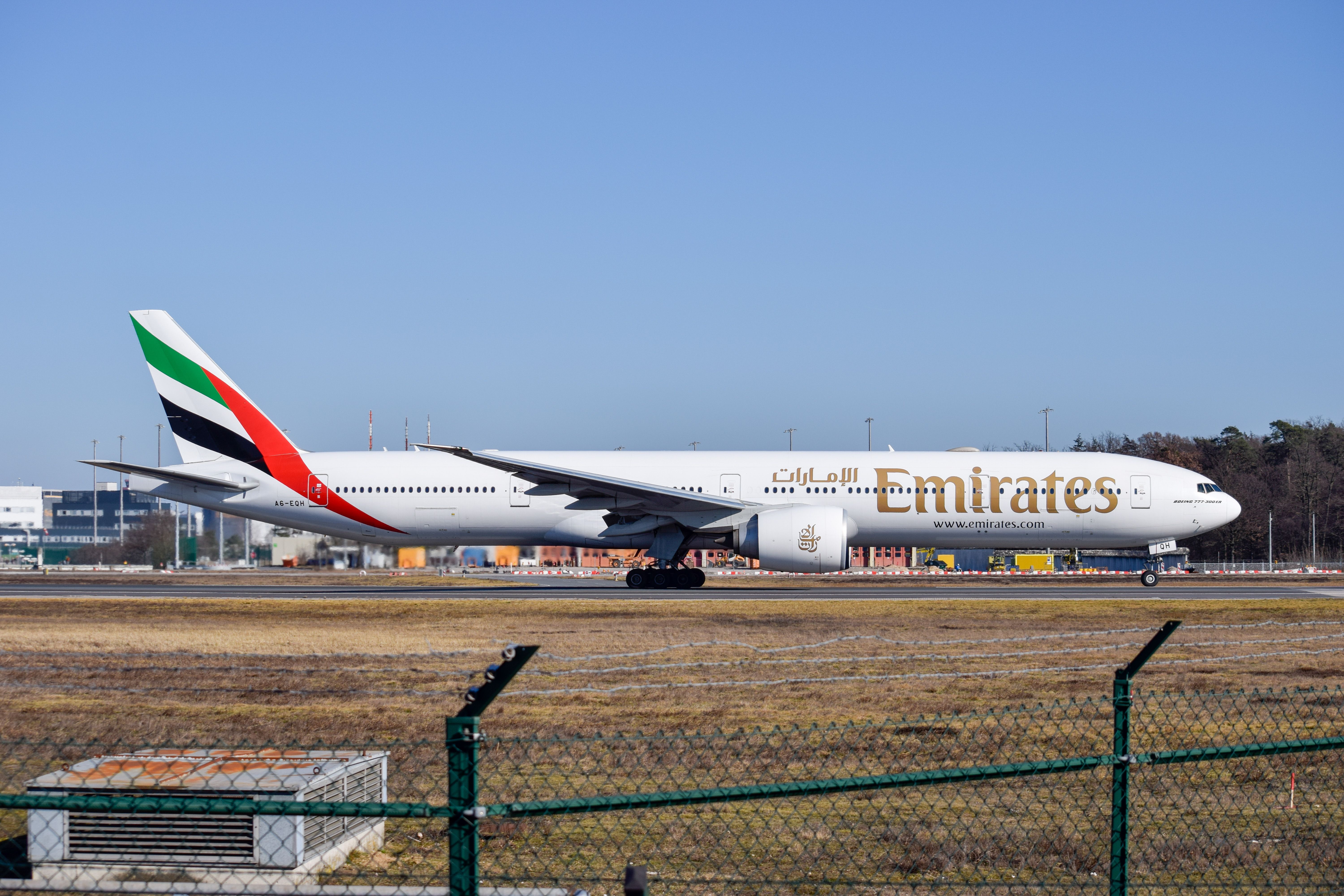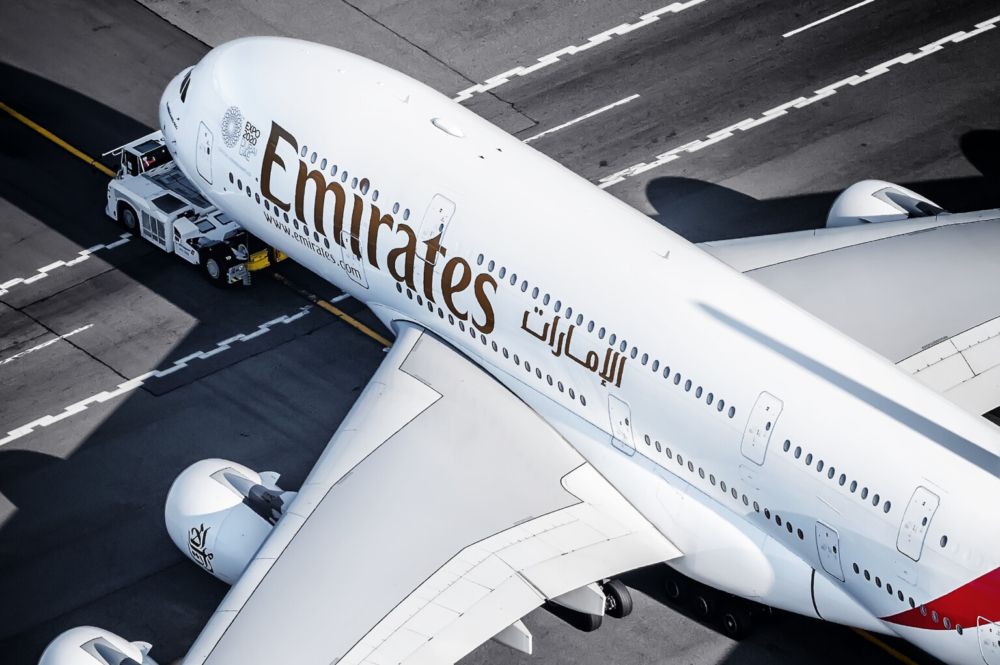Summary
- Emirates Airlines saves over 48,000 tonnes of fuel and cuts carbon emissions by 151,000 tonnes with Green Operating Procedures.
- Flight speed, route optimization, and load distribution are a few key areas of Emirates’ operational efficiency.
- Investment in Sustainable Aviation Fuel and new-generation aircraft will make Emirates’ future fleet more eco-friendly.
Dubai-based Emirates Airlines utilizes special “Green Operating Procedures” to ensure maximum efficiency while operating flights. In the past 12 months, the airline has made significant savings by saving over 40,000 tonnes of fuel and reducing its carbon emissions by over 150,000 tonnes.
Green Operating Procedures (Green Ops)
With airlines worldwide working towards achieving the goal of Net Zero Carbon Emissions by 2050, different carriers have devised various innovative solutions suitable for their operations. Since 2016, Emirates has been following a list of operating procedures that allow the airline to reduce its carbon footprint just by adjusting its operations to become more sustainable, whilst ensuring paramount safety is maintained.
Just during 2023 – 2024, the carrier saved over 48,000 tonnes of fuel and reduced its carbon emissions by over 151,000 tonnes by utilizing 10 different sustainability procedures that fall under the airline’s Green Ops.
Photo: Emirates
These procedures utilize pilots’ increased use of data analytics, technology, and decision-making to ensure maximum efficiency.
Flight speed and route optimization
Increasing the flight speed will increase fuel consumption, which in turn increases the emissions of the aircraft. However, the solution is not to fly as slowly as possible because the flight still has to meet the departure and arrival schedules. By using the inflight speed management system with data regarding the prevailing conditions, the pilot will be able to determine the optimal speed required, making the flight efficient.
Pairing this data with route planning can decrease flight time by optimizing the distance flown by choosing the best route available. Emirates has been utilizing flexible flight routes since 2003, collaborating with air traffic controllers and other organizations within the industry to optimize the routes it operates.
The airline also utilizes Flight Pulse, a technology developed in collaboration with GE Digital Aviation services. This technology allows the pilots to monitor flight performance and provides data to Emirates’ Flight Operations team to identify potential areas of improvement within the operations to make them more efficient.
Discretionary fuel, water uplifted, and load optimization
An important aspect of every flight is the load carried onboard. By ensuring the aircraft is loaded correctly, and the weight is distributed optimally to achieve the best centre of gravity, the airline can make considerable savings in fuel consumption and, thus, carbon emissions. The centre of gravity plays a significant role in aircraft performance, especially during the take-off and climb phases of the flight.
While the loadmaster is usually in charge of assigning the positions of the cargo onboard, the amount of fuel carried is under the captain’s purview. Hence, by providing the captain with important data and analytics, the captain can better judge how much extra fuel is required for a flight.
Photo: Emirates
By being precise about the fuel carried on every flight, the savings can be considerable within one year.
Another area where the airline can reduce weight is by adjusting the water uplift per flight. By analyzing data and understanding passenger needs depending on the flight, the airline can make an informed decision on the quantity of water to be uplifted per flight, ensuring passenger comfort is not affected but also reducing aircraft weight, which in turn reduces fuel consumption and carbon emissions.
Operational efficiencies (APU / RETI / Flap & Thrust settings)
Apart from the aforementioned procedures, a flight can become more efficient just by operating certain features of the aircraft differently.
While the Auxiliary Power Unit (APU) has its uses, it is still an engine that burns fuel to provide power to the aircraft electronics and systems. Thus, when possible (on the ground, at the gates), the aircraft would instead use the Ground Power Unit (GPU) for its electrical requirements while the engine is not running.
Photo: Igor Marx | Shutterstock
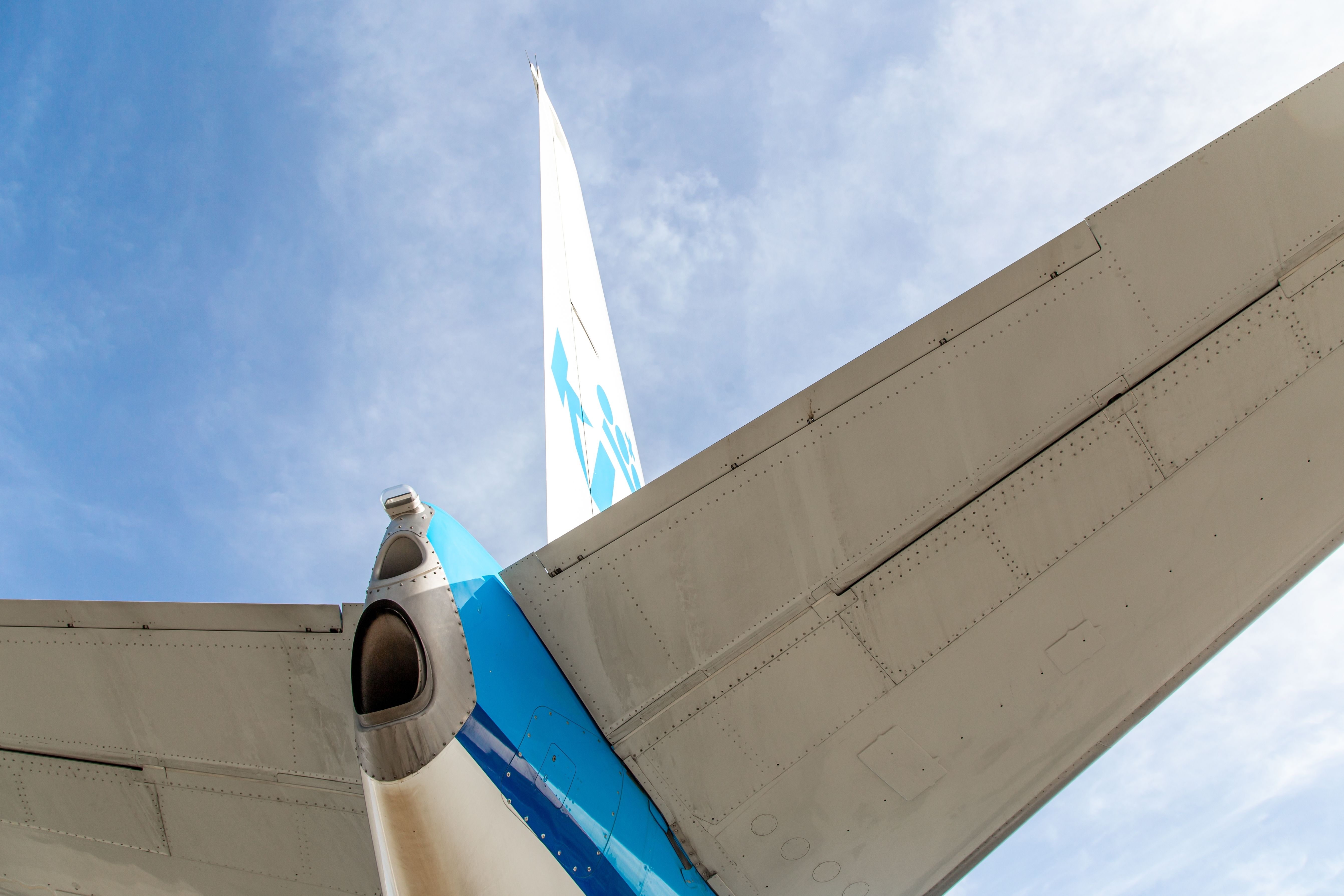
Related
The Auxiliary Power Unit: What Is It & What Does It Do?
A source of electric power, air conditioning, and pneumatic pressure when the engines are off.
Another practice done within the airline is landing with a reduced flap setting. By reducing the flap setting, the aircraft can perform its descent and landing with reduced drag, thereby burning less fuel.
This is only done during ideal conditions when the weather and runway conditions allow for safe, reduced flap operations.
Upon touchdown, the pilots have a variety of thrust settings for the aircraft’s engine reverser. Apart from the wheel brakes and the air brakes, the pilots, depending on the prevailing conditions and runway length available, can choose to utilize the more efficient “idle reverse thrust” setting, which reduces the fuel burn during the thrust reverser operation to slow the aircraft down.
The final procedure utilized by Emirates pilots is Reduced Engine Taxi-In (RETI), which is done after landing, wherein the aircraft taxiing to its gate or stands by using the power of half the number of engines available.
Photo: Tom Boon | Simple Flying
In Emirates’ case, if the aircraft is a Boeing 777, only one engine will be used, and if it is an Airbus A380, just two engines will perform taxiing.
Sustainability is key
In addition to using these Green Ops, the airline is also heavily investing in Sustainable Aviation Fuel (SAF) in partnership with Shell and Neste. The airline has already started using SAF on flights to and from airports such as Dubai International Airport (DXB), Singapore Changi Airport (SIN), and London Heathrow Airport (LHR).
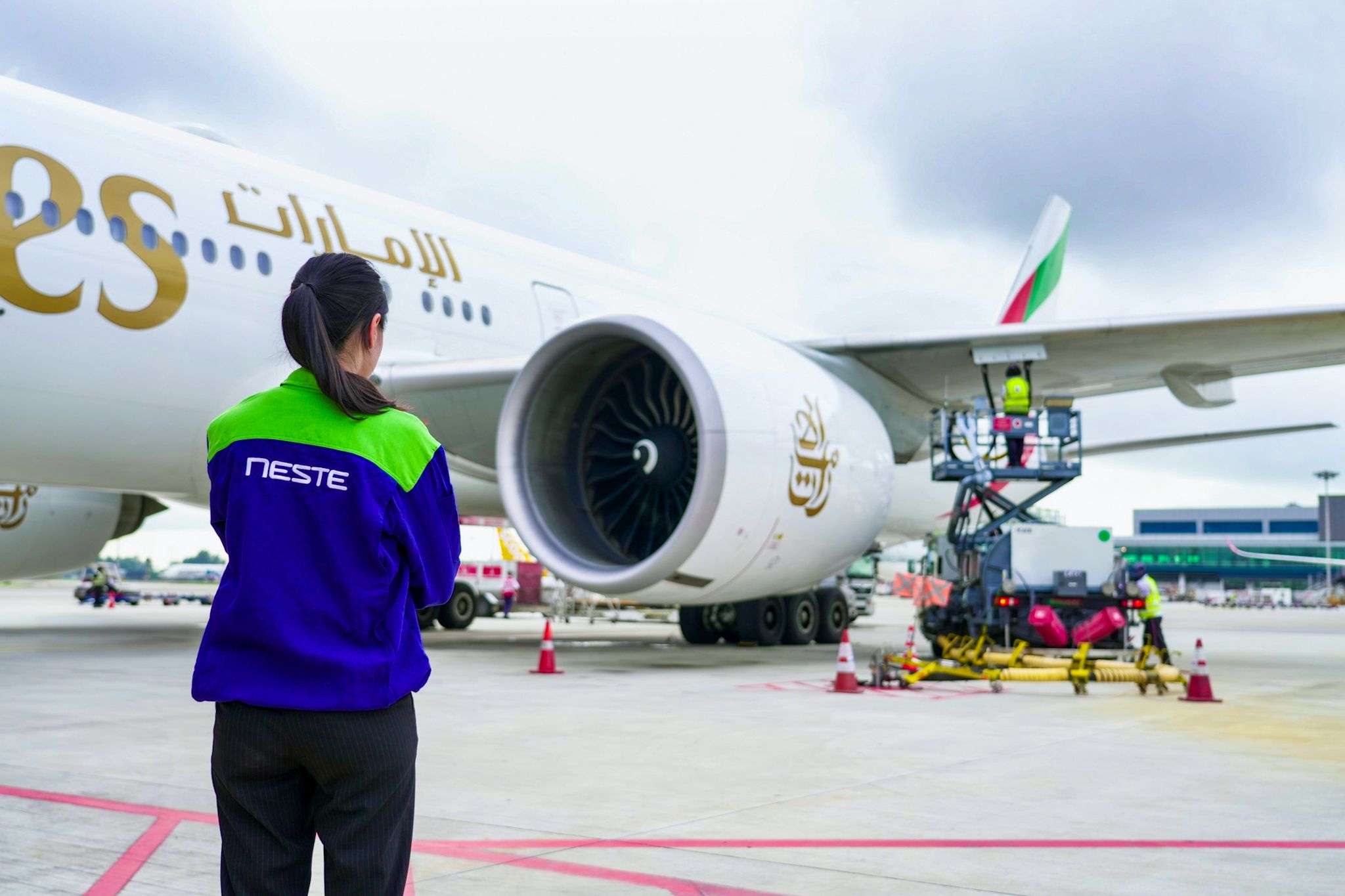
Related
Emirates Is Now Fueling On Neste SAF At Singapore Changi
Emirates is now refueling aircraft with locally produced sustainable aviation fuel at Singapore Changi Airport.
Additionally, the carrier is expecting to receive a large number of next-generation aircraft, such as the Airbus A350s, Boeing 787s, and Boeing 777-X, which will make its future fleet more efficient.

